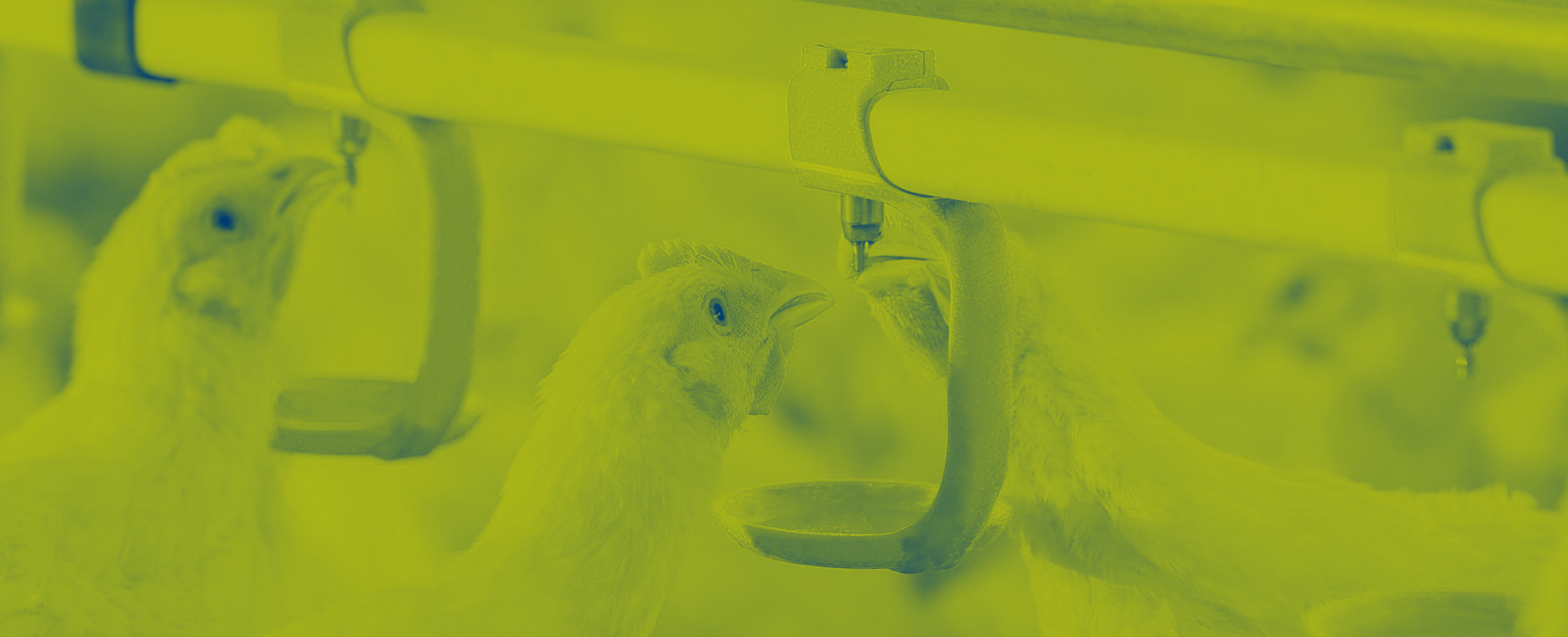Výzvy
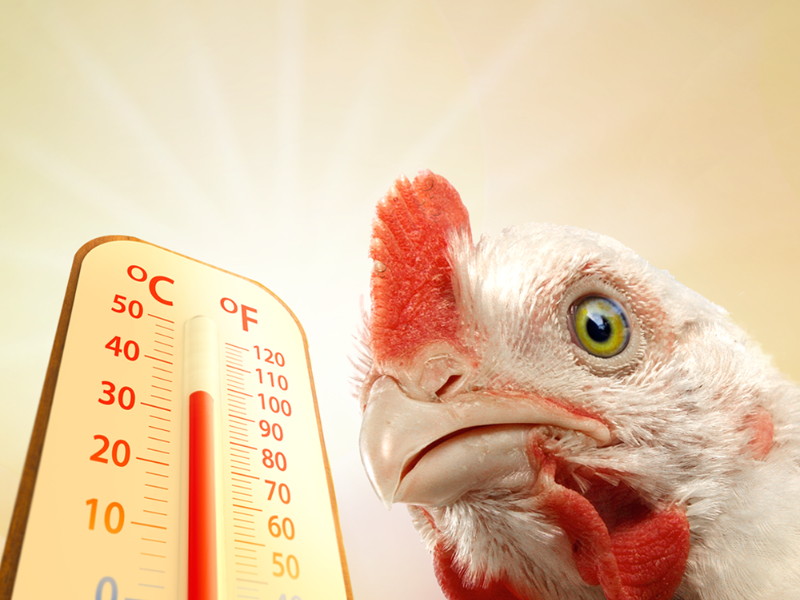
Boj s tepelným stresem u drůbeže
Tepelný stres vzniká, když jsou zvířata vystavena zvýšeným teplotám a vlhkosti, která překračuje jejich schopnost udržovat stabilní tělesnou teplotu. Tato situace může vést k zdravotním problémům a výrobním ztrátám. Protože ptáci nemají schopnost se potit, jejich náchylnost k těmto stavům je častější.
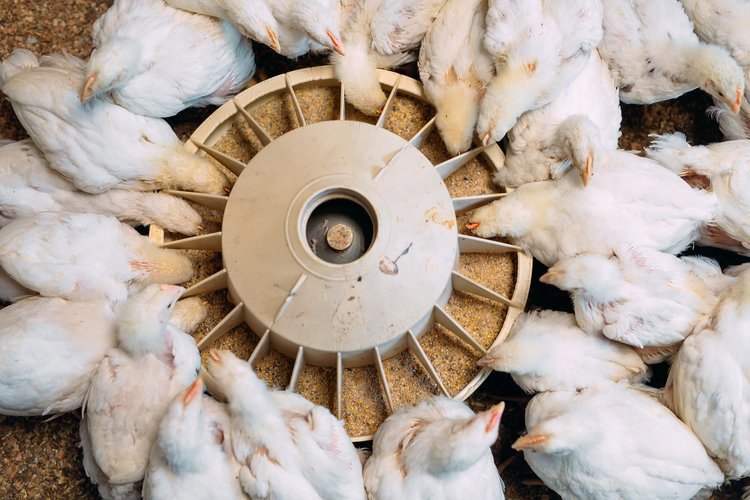
Zvýšení užitkovosti v chovu brojlerů
Efektivní výživa a udržení dobrého zdravotního stavu má pozitivní vliv na produkci i ziskovost. Vzhledem k tomu, že náklady na krmivo tvoří většinu celkových nákladů, je zajištění optimálního příjmu živin, který se promítá do růstu, zásadní. Ztráty živin pro další fyziologické procesy mají významný dopad na efektivitu produkce.
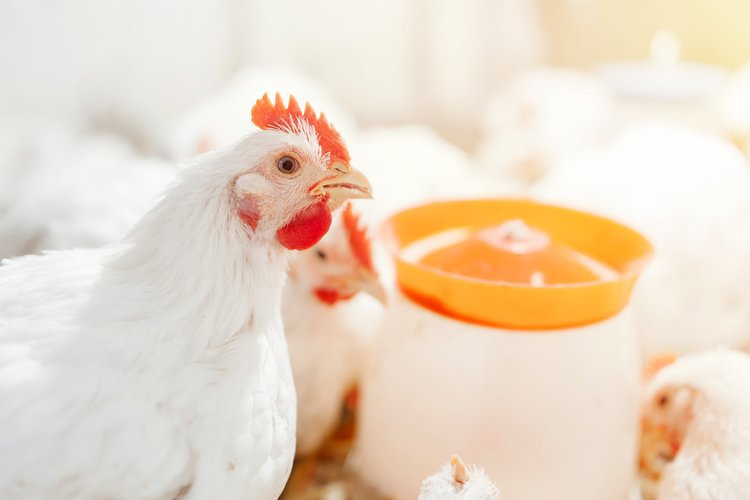
Hospodaření s krmivy a vodou v chovu brojlerů
Voda je pro brojlery nejdůležitější živinou. Nutriční kvalita krmiva, forma a dodání hrají zásadní roli při zajištění zdravého a regulovaného příjmu. Vynikající mikrobiální a chemická kvalita vody je důležitá, protože brojleři spotřebují přibližně dvakrát více vody než krmiva. Voda je proto klíčovým faktorem při termoregulaci a jako nosič doplňkových látek, jako jsou léky, doplňky atd.
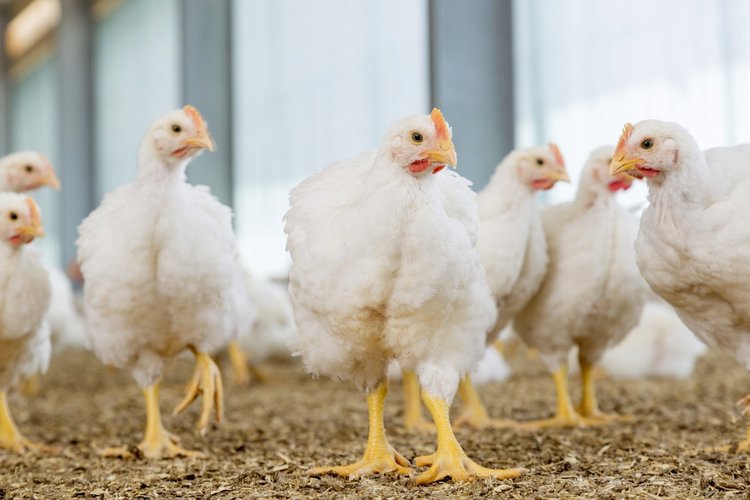
Mikrobiální rezistence v chovu brojlerů
Snížení závislosti na antimikrobiálních látkách má zásadní význam pro řešení problému mikrobiální rezistence. Omezení použití antibiotik umožňuje, aby zůstala účinná, když jsou potřebná pro podporu zdraví brojlerů a lidí. Důraz na tuto problematiku se dále zvyšuje díky rostoucí poptávce po brojlerovém mase bez antibiotik, která je důsledkem zvýšeného povědomí o souvisejících rizicích.
